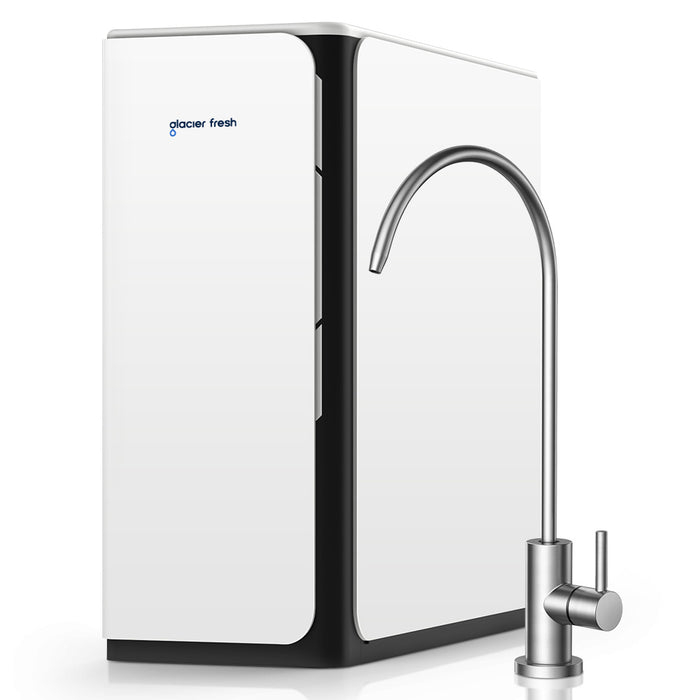Unlock the Secrets to Pure Cooking Water: Protect Your Meals from Hidden Contaminants!
Using safe water for cooking is crucial for maintaining our health and well-being. Contaminated water can introduce harmful substances into our meals, potentially leading to foodborne illnesses and other health issues. Common contaminants such as bacteria, heavy metals, and chemicals can infiltrate our water supply from various sources, including agricultural runoff, industrial discharge, and aging infrastructure. This article aims to provide practical solutions to ensure that the water used for cooking is clean and safe, allowing you to protect your family’s health while enjoying delicious meals.

Understanding Water Contaminants
Water can contain a variety of contaminants that may pose serious health risks. Biological pollutants, such as bacteria, viruses, and parasites, often originate from sewage or animal waste. These microorganisms can lead to illnesses such as gastroenteritis and hepatitis. On the other hand, chemical pollutants, including pesticides, fertilizers, and heavy metals like lead and arsenic, may seep into the water supply through agricultural practices and industrial processes. Physical pollutants, such as sediment and debris, can also affect water quality, making it unsafe for consumption. Understanding these contaminants' sources and potential health effects is essential for ensuring the safety of the water we use for cooking.
Methods to Ensure Safe Cooking Water
Ensuring that the water used for cooking is safe involves several methods, each with its advantages and limitations. Filtration systems, for instance, can effectively remove various contaminants, but their effectiveness depends on the type of filter and the contaminants present. Boiling water is another reliable method, as it kills most pathogens, making it safer for cooking. However, it may not eliminate chemical contaminants. Lastly, purification tablets offer a portable option for treating water, especially in emergency situations or when traveling. By comparing these methods, individuals can determine which approach best suits their needs and circumstances.
Filtration Systems
There are several types of filtration systems available, including activated carbon filters, reverse osmosis systems, and UV purifiers. Activated carbon filters are widely used and can remove chlorine, sediment, and volatile organic compounds, improving water taste and odor. Reverse osmosis systems are more advanced and can eliminate a broader range of contaminants, including heavy metals and salts. UV purifiers use ultraviolet light to disinfect water, effectively killing bacteria and viruses. When choosing a filtration system, consider factors such as the specific contaminants you need to remove, the volume of water you require, and your budget.
Boiling Water
Boiling water is one of the simplest and most effective methods to ensure its safety for cooking. By bringing water to a rolling boil for at least one minute, you can kill harmful pathogens, including bacteria and viruses. In areas at high altitudes, it's advisable to boil water for at least three minutes, as water boils at a lower temperature at these elevations. While boiling is effective for microbial contaminants, it's important to note that it does not remove chemical pollutants; thus, it should be used in conjunction with other purification methods if chemical contamination is a concern.
Purification Tablets
Purification tablets are a convenient option for ensuring safe drinking and cooking water, especially when traveling or during emergencies. These tablets typically contain chlorine or iodine, which effectively eliminate harmful microorganisms within a specific time frame. They are easy to use—simply dissolve the tablet in a specified amount of water and wait for the recommended time before using it. However, while they are effective against bacteria and viruses, purification tablets may not remove chemical contaminants, so it’s essential to be aware of the water source's condition.
Testing Water Quality
Regularly testing water quality is vital to ensure its safety for cooking and consumption. Home testing kits are widely available and can help you detect a range of contaminants, including bacteria, lead, and nitrates. These kits typically include test strips or liquid reagents that change color based on the contaminant levels in the water. After performing the tests, it's important to interpret the results correctly to understand the water's safety. If contaminants exceed safe levels, it's crucial to take immediate action, such as using filtration systems or boiling water, until the issue is resolved.
Ensuring Safe Water for Cooking
In conclusion, using safe water for cooking is essential for protecting our health and preventing foodborne illnesses. By understanding the types of contaminants that can affect water quality and employing various methods—such as filtration, boiling, and using purification tablets—we can ensure that our cooking water is clean and safe. Regular testing of water quality further empowers us to take proactive measures for our health and safety. By adopting these practices, we can enjoy delicious meals without compromising our well-being.






